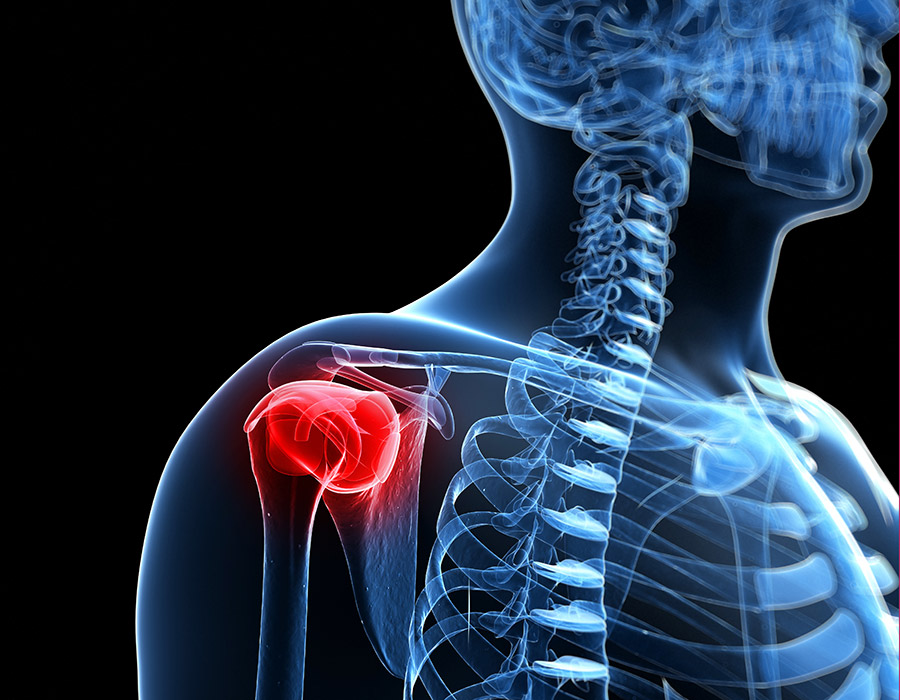
We often refer to the rotator cuff when talking about shoulder injuries. Whether pain is caused by an anatomical spacing issue or due to poor posture/muscle weakness (more on this in the shoulder impingement article), the rotator cuff is addressed in most shoulder diagnoses. So what does this term mean exactly?
The rotator cuff refers to a group of four muscles that connect the scapula to the humerus. They are the Supraspinatus, Infraspinatus, Subscapularis and Teres Minor. Their attachments to the humeral head (Tendons) work to keep the humerus centralized in the much smaller glenohumeral socket. Picture a golf ball on a tee. This is roughly the ratio of the shoulder blade socket to the humeral head! The main function of the four muscles is to provide stability so that other larger muscles like the deltoid can elevate and extend the shoulder without any unwanted movement by the humerus out of the “socket.” The angles of these muscles also make them essential in controlling the head of the humerus as it rolls into internal and external rotation.
Lift your arm to the side to a 90 degree angle with your elbow bent. Your supraspinatus just compressed your shoulder, enabling your arm to move around a stable shoulder! Now raise and lower your hand with that elbow bent. The other three muscles are working to maintain your shoulder stable and enable you to do things like throw a ball overhead and reach behind your back. When these muscles are not doing their job, the shoulder lacks stability and moves unpredictably around the socket. This is why the rotator cuff function is essential to check for when addressing shoulder pain.

